The batteries market looks in good health, putting on 6% by volume to reach 476 million cells in the UK in the past year to June 23.
However, value growth is nowhere near as strong, rising only 2%. Much of this is due to the increase in offer activity  particularly from the two leading brands, Duracell and Energizer, and the largest size sector, the AA. Promotions offering 4 + 4 free have increased volume share  but have lost out in value terms as the average price paid per battery has dropped.
Given these worrying indications, are price and promotions still a big deal for manufacturers? And how long can these giveaway offers go on?
Paul Hunt, sales and marketing manager at Rayovac, wants a change in attitudes. "There are only so many batteries people need. Why take them out of the market by giving them free goods? The industry can only sustain this level of promotional activity for so long." Energizer's marketing manager, Paul Harvey, agrees. "Many retailers continue to pursue a policy of aggressive price promotions, but swamping the market with bogof-style promotions will do nothing to help the category in the longer term." Both manufacturers are considering a different approach. "We feel it is vital to develop promotions that add value to our range, rather than just cannibalise the market," says Harvey.
Meanwhile, Rayovac is looking to multipack offers and resealable tubs. Some manufacturers such as Pifco are also planning trade promotions, including free-standing display units.
Paul Fildes, senior key account manager at Varta, has a different take on the subject. "Promotions are more of an issue for the retailers as they seek more Every Day Low Pricing or high:low branded products to feature in their stores," he says. "Batteries have been a high margin earner for the trade, so they have been able to feature them in their pricing strategies while retaining a reasonably acceptable margin level."
Tim Clark of Panasonic agrees. "It's a very competitive market and every manufacturer tries to offer consumers value for money. Obviously, retailers are ready participants in these promotions!" Spar's grocery trading director, Mark Keeley, confirms this. "We have to offer value for money," he says. "For the leading-edge consumer in particular, it's a branded market." However, heavy promotional activity results in what is known as "larder filling", as customers stock up with special offers. Fildes adds: "Couple this with the longer service life of alkaline batteries and the time between purchases increases."
In terms of trade structure, the market is fragmented. About 40% of share comes through multiple grocers, with Tesco the leading grocery account. However, Asda and Morrisons are gaining on Tesco while Safeway has made gains in volume at the expense of value, because of deals.
The rest of the market is spread through a number of non-food sectors, with DIY/hardware stores showing gains and general chains such as Woolworths losing a little ground on last year. Many independent stores and secondary retail outlets  far less likely to sell high-value multipacks than the multiple grocers  have been hit by their limited capacity to take up the big brands' promotional offers on smaller packs.
"A lot missed the big AA 4 + 4 promotions last Christmas because the minimum order was a quarter pallet, which many independents didn't have the space for," says Hunt. Even those who were able to participate sometimes found that the depth and level of the promotions meant they were selling Christmas offers in May.
Research shows that 75% of battery buyers don't plan to buy batteries when entering a store and, Hunt adds, 40% of those who do make it to the display fail purchase through confusion over types and sizes.
Hunt says that, in the end, it could be better merchandising and instore education that will really drive growth.
{{FOCUS ON }}
However, value growth is nowhere near as strong, rising only 2%. Much of this is due to the increase in offer activity  particularly from the two leading brands, Duracell and Energizer, and the largest size sector, the AA. Promotions offering 4 + 4 free have increased volume share  but have lost out in value terms as the average price paid per battery has dropped.
Given these worrying indications, are price and promotions still a big deal for manufacturers? And how long can these giveaway offers go on?
Paul Hunt, sales and marketing manager at Rayovac, wants a change in attitudes. "There are only so many batteries people need. Why take them out of the market by giving them free goods? The industry can only sustain this level of promotional activity for so long." Energizer's marketing manager, Paul Harvey, agrees. "Many retailers continue to pursue a policy of aggressive price promotions, but swamping the market with bogof-style promotions will do nothing to help the category in the longer term." Both manufacturers are considering a different approach. "We feel it is vital to develop promotions that add value to our range, rather than just cannibalise the market," says Harvey.
Meanwhile, Rayovac is looking to multipack offers and resealable tubs. Some manufacturers such as Pifco are also planning trade promotions, including free-standing display units.
Paul Fildes, senior key account manager at Varta, has a different take on the subject. "Promotions are more of an issue for the retailers as they seek more Every Day Low Pricing or high:low branded products to feature in their stores," he says. "Batteries have been a high margin earner for the trade, so they have been able to feature them in their pricing strategies while retaining a reasonably acceptable margin level."
Tim Clark of Panasonic agrees. "It's a very competitive market and every manufacturer tries to offer consumers value for money. Obviously, retailers are ready participants in these promotions!" Spar's grocery trading director, Mark Keeley, confirms this. "We have to offer value for money," he says. "For the leading-edge consumer in particular, it's a branded market." However, heavy promotional activity results in what is known as "larder filling", as customers stock up with special offers. Fildes adds: "Couple this with the longer service life of alkaline batteries and the time between purchases increases."
In terms of trade structure, the market is fragmented. About 40% of share comes through multiple grocers, with Tesco the leading grocery account. However, Asda and Morrisons are gaining on Tesco while Safeway has made gains in volume at the expense of value, because of deals.
The rest of the market is spread through a number of non-food sectors, with DIY/hardware stores showing gains and general chains such as Woolworths losing a little ground on last year. Many independent stores and secondary retail outlets  far less likely to sell high-value multipacks than the multiple grocers  have been hit by their limited capacity to take up the big brands' promotional offers on smaller packs.
"A lot missed the big AA 4 + 4 promotions last Christmas because the minimum order was a quarter pallet, which many independents didn't have the space for," says Hunt. Even those who were able to participate sometimes found that the depth and level of the promotions meant they were selling Christmas offers in May.
Research shows that 75% of battery buyers don't plan to buy batteries when entering a store and, Hunt adds, 40% of those who do make it to the display fail purchase through confusion over types and sizes.
Hunt says that, in the end, it could be better merchandising and instore education that will really drive growth.
{{FOCUS ON }}










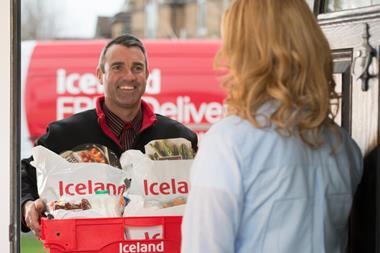
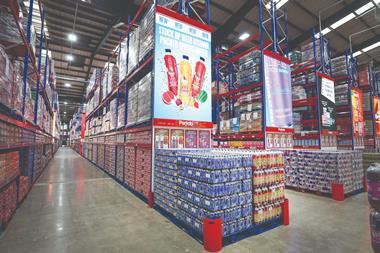
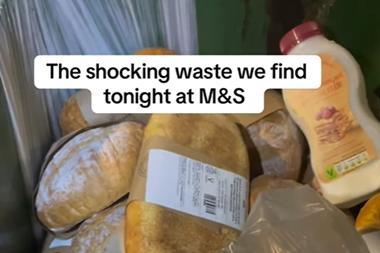
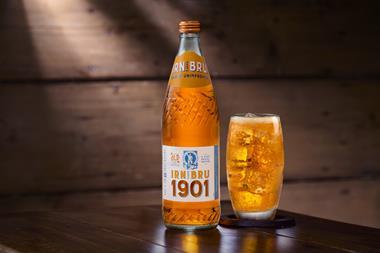
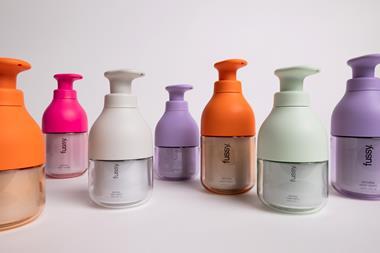

No comments yet